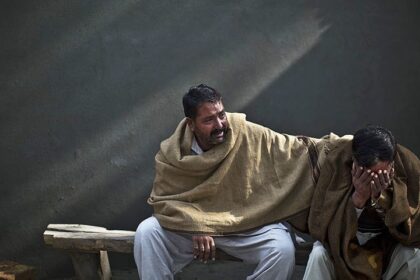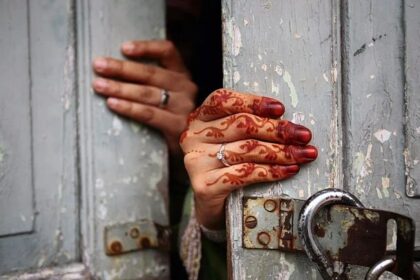For as long as anyone can remember, saying no has been a social sin. So much so, in fact, that it has become one of those things that doesn’t discriminate between genders. Though—like everything else—society has two different methods of exercising control over each. For men, it becomes a guilt trap. For women, it is a death sentence. Sana Yousaf was a seventeen-year-old, bright-eyed, joyful girl whose fault was being exactly that. Existing freely. Saying no. For which she was murdered in her own home.
Ever since the dawn of time—quite literally too—beauty has been seen as the cause of corruption. The basis of evil. The reason for the chaos. The catalyst. It has been seen and preached to be the root cause of disruption. In the simplest manner possible—whether through literature, religious preaching, philosophy, or psychology—beauty is, in one way or another, criticised for being beautiful. There is a very dangerous impact of this framing that we are all very comfortable affirming—naturally so, when no one feels their best.
Beauty has always stood on its own, and the reason it is seen to cause corruption is that it cannot be sullied. And if it is sullied, that too is weaponised against it. So you may ask yourself, Where does the rot lie?
The actual rot is in the ugly. Ironic, is it not—that ugly should be ugly? It is purely within ugliness that corruption lies, and the act of blaming beauty for the rot, the hatred, and the vile vitriol of ugliness itself is the act of disruption. The corruption is a consequence of the rot taking shape, of malice and inferiority sinking their claws into what they cannot touch. It curdles. This, reader, is the necessary reframing needed for how we view the world.
The devil refused to prostrate before the human because he saw something more special than himself. The devil refused to prostrate because he questioned why the human was better. Why he—made of fire—was any less beautiful than one made of clay. The all-consuming inferiority and insufficiency of being lesser drive the devil to corrupt the human, in the hope that one day God may see the devil as worthy and beautiful. It is not a myth only—it is a lesson on how that very rot still thrives in the weak-willed and morally blind; the kind who would rather tear something to shreds than face their own inadequacy.
The misattribution of blame for evil and wrong is as severe a narrative crime as any other. Beauty has always been the scapegoat—the easier thing to blame. Because how dare you be better? How dare you be different? How dare you refuse me? The belief that rejection places either party in superiority or inferiority—like two ends of a scale that must tilt—is the very reason that the act of saying no has been seen as a crime for anyone. Especially for women, in a society where anger in a man is rewarded and the call for the killing of a woman for simply driving her car alone is met with glory, praise, and affirmation.
Arrogance is the death of reform. The punishment and reprimand of the arrogant—not necessarily violent—brings forth both defenders and opposers. That is what creates the necessary discourse in society, driving reform. Until we are ready to hold severe accountability for the abuser—willing and standing to reprimand the assailant—reform is impossible.
Women have been learning and adjusting to society for centuries. You cannot teach society to a fourteen-year-old girl who has seen its ugliest parts before you even knew your mother bled every month. You protect her. You avenge her. You get angry because your integrity refuses silence in the face of injustice.
The idea that beauty is the catalyst for corruption is a farcical argument that justifies the sickening rot and malice of ugliness. The rot is not in beauty; it is in the entitlement that believes itself deserving of it—or else it will punish it for daring to exist outside of reach.
















